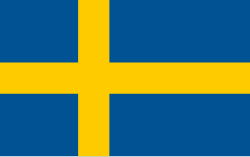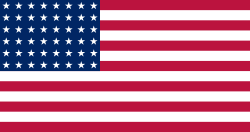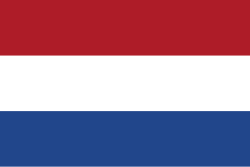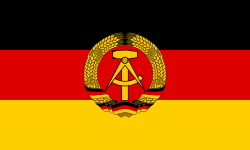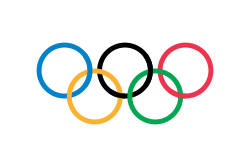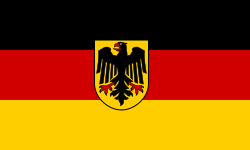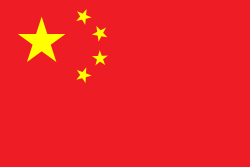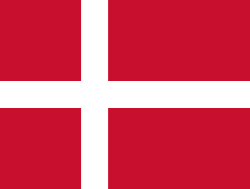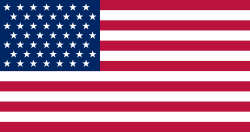Beatrix Schubová
| Beatrix Schubová | |
|---|---|
 Beatrix Schubová (2011) | |
| Jiná jména | Trixi |
| Narození | 15. dubna 1951 (73 let) Vídeň |
| Povolání | novinářka a krasobruslařka |
| Ocenění | čestná dekorace ve zlatě Čestného odznaku za zásluhy o Rakouskou republiku |
| Podpis |  |
| Web | www |
| Některá data mohou pocházet z datové položky. | |
| Přehled medailí | ||
|---|---|---|
 Beatrix Schubová (1972) | ||
| zlato | ZOH 1972 Sapporo | ženy |
| Mistrovství světa v krasobruslení | ||
| stříbro | MS 1969 | ženy |
| stříbro | MS 1970 | ženy |
| zlato | MS 1971 | ženy |
| zlato | MS 1972 | ženy |
| Mistrovství Evropy v krasobruslení | ||
| bronz | ME 1968 | ženy |
| bronz | ME 1969 | ženy |
| stříbro | ME 1970 | ženy |
| zlato | ME 1971 | ženy |
| zlato | ME 1972 | ženy |
Beatrix (Trixi) Schubová (* 15. dubna 1951, Vídeň) je bývalá rakouská krasobruslařka, olympijská vítězka z roku 1972.
Vystudovala obchodní školu a pracovala jako účetní v rodinné firmě. V letech 1967 až 1972 byla šestkrát v řadě rakouskou seniorskou mistryní v krasobruslení, v letech 1971 a 1972 vyhrála mistrovství světa v krasobruslení i mistrovství Evropy v krasobruslení. Na olympiádě skončila pátá v roce 1968 a vyhrála v roce 1972. Její silnou stránkou byla precizní povinná jízda.[1]
Po olympijském vítězství začala profesionálně vystupovat v revue Holiday on Ice. Poté, co skončila s bruslením, pracovala jako úřednice v pojišťovně, v letech 2002 až 2006 byla předsedkyní Rakouského krasobruslařského svazu. Také byla jednou z hlavních tváří neúspěšné kandidatury Salcburku na Zimní olympijské hry 2014.[2]
Reference
- ↑ Archivovaná kopie. figureskating.about.com [online]. [cit. 2015-01-12]. Dostupné v archivu pořízeném z originálu dne 2015-04-06.
- ↑ http://derstandard.at/2276047
Externí odkazy
 Obrázky, zvuky či videa k tématu Beatrix Schubová na Wikimedia Commons
Obrázky, zvuky či videa k tématu Beatrix Schubová na Wikimedia Commons - https://web.archive.org/web/20141218084411/http://trixischuba.at/
- https://web.archive.org/web/20110706092828/http://www.wien.gv.at/freizeit/sportamt/annodazumal/biografien/schuba.html
- Beatrix Schubová v databázi Olympedia (anglicky)
Média použitá na této stránce
Olympic Rings without "rims" (gaps between the rings), As used, eg. in the logos of the 2008 and 2016 Olympics. The colour scheme applied here was specified in 2023 guidelines.
Olympic Rings without "rims" (gaps between the rings), As used, eg. in the logos of the 2008 and 2016 Olympics. The colour scheme applied here was specified in 2023 guidelines.
The Canadian Red Ensign used between 1921 and 1957.
This image has compared for accuracy (mainly colors) using an image from World Statesmen. The only change is making the maple leaves green from red. This image has compared for accuracy (mainly colors) using an image from World Statesmen. The most recent version of this image has changed the harp into one with a female figure; see [http://flagspot.net/flags/ca-1921.html FOTW
The Canadian Red Ensign used between 1921 and 1957.
This image has compared for accuracy (mainly colors) using an image from World Statesmen. The only change is making the maple leaves green from red. This image has compared for accuracy (mainly colors) using an image from World Statesmen. The most recent version of this image has changed the harp into one with a female figure; see [http://flagspot.net/flags/ca-1921.html FOTW
US Flag with 48 stars. In use for 47 years from July 4, 1912, to July 3, 1959.
Olympijská vlajka
Russian Olympic Committee flag used in 2020 and 2022, for the Olympics
Flag of Canada introduced in 1965, using Pantone colors. This design replaced the Canadian Red Ensign design.
Vlajka České republiky. Podoba státní vlajky České republiky je definována zákonem České národní rady č. 3/1993 Sb., o státních symbolech České republiky, přijatým 17. prosince 1992 a který nabyl účinnosti 1. ledna 1993, kdy rozdělením České a Slovenské Federativní republiky vznikla samostatná Česká republika. Vlajka je popsána v § 4 takto: „Státní vlajka České republiky se skládá z horního pruhu bílého a dolního pruhu červeného, mezi něž je vsunut žerďový modrý klín do poloviny délky vlajky. Poměr šířky k její délce je 2 : 3.“
Bundesdienstflagge (Flag of the federal authorities of Germany). Under German law, federal states, municipalities, institutions or private persons are not allowed to use this flag.
Finská vlajka
Georgian flag in Pantone MS.
This is the national flag of Belgium, according to the Official Guide to Belgian Protocol. It has a 13:15 aspect ratio, though it is rarely seen in this ratio.
Its colours are defined as Pantone black, Pantone yellow 115, and Pantone red 032; also given as CMYK 0,0,0,100; 0,8.5,79,0; and 0,94,87,0.Автограф Беатрис Ш. с набора открыток
MUNCHEN 72 - Figurina-Stickers - Panini - N° 269 - LYNN-SCHUBA -PATTINAGGIO-Rec
US Flag with 49 stars. In use 4 July 1959–3 July 1960. It was defined in Executive Order 10798.
Flag of South Korea from October 1997 to May 2011. In May 2011, the exact colors were specified into their current shades.
Autor: Manfred Werner / Tsui, Licence: CC BY-SA 3.0
Beatrix Schuba at the presentation of the Austrian Sportspersonalities of the Year 2011 (Eventhotel Pyramide in Vösendorf, Lower Austria).



